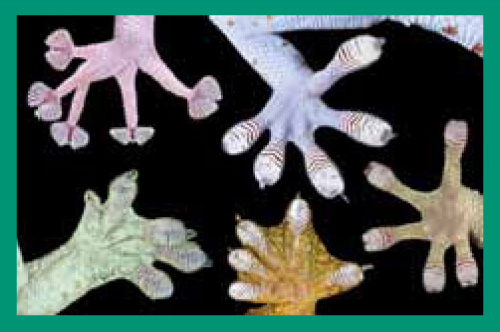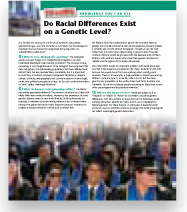CONTENTS
|
PART 3 Evolution and the Diversity of Life |
|
|
Understanding biodiversity |
|
|
Life on earth most likely originated from non- |
|
|
10.1 |
Complex organic molecules arise in non- |
|
10.2 |
Cells and self- |
|
10.3 |
This is how we do it: Could life have originated in ice, rather than in a “warm little pond”? 409 |
|
Species are the basic units of biodiversity. 411 |
|
|
10.4 |
What is a species? 411 |
|
10.5 |
How do we name species? 413 |
|
10.6 |
Species are not always easily defined. 414 |
|
10.7 |
How do new species arise? 416 |
|
Evolutionary trees help us conceptualize and categorize biodiversity. 420 |
|
|
10.8 |
The history of life can be imagined as a tree. 420 |
|
10.9 |
Evolutionary trees show ancestor- |
|
10.10 |
Similar structures don’t always reveal common ancestry. 424 |
|
Macroevolution gives rise to great diversity. 426 |
|
|
10.11 |
Macroevolution is evolution above the species level. 426 |
|
10.12 |
The pace of evolution is not constant. 427 |
|
10.13 |
Adaptive radiations are times of extreme diversification. 428 |
|
10.14 |
There have been several mass extinctions on earth. 430 |
|
An overview of the diversity of life on earth: organisms are divided into three domains. 432 |
|
|
10.15 |
All living organisms are classified into one of three groups. 432 |
|
10.16 |
The bacteria domain has tremendous biological diversity. 434 |
|
10.17 |
The archaea domain includes many species living in extreme environments. 436 |
|
10.18 |
The eukarya domain consists of four kingdoms: plants, animals, fungi, and protists. 437 |
|
Do racial differences exist on a genetic level? 438 |
|
XIV
 10 • The Origin and Diversification of Life on Earth 405
10 • The Origin and Diversification of Life on Earth 405 StreetBIO: KNOWLEDGE YOU CAN USE
StreetBIO: KNOWLEDGE YOU CAN USE